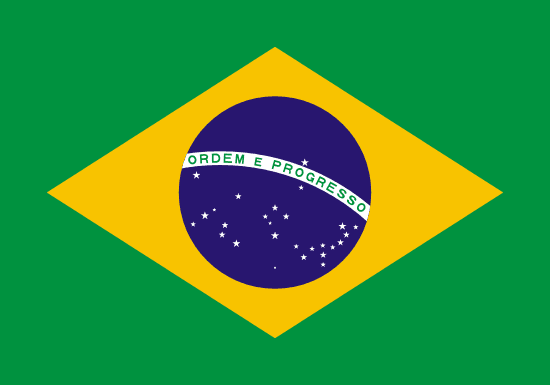"Cidade Maravilhosa | Marvelous City"
About:
Rio de Janeiro, Brazil, was founded by the Portuguese in 1565. It served as the capital of Brazil from 1763-1960, when it was replaced by Brasília. Rio is known for its natural beauty, including the iconic Christ the Redeemer statue and Sugarloaf Mountain. The city has faced challenges such as crime and inequality, but has also hosted major events like the 2016 Olympics. Rio is a major cultural hub, known for its music, dance, and the annual Carnival festival.
When to visit:
When planning a visit to Rio de Janeiro on a holiday, it is advisable to consider the city's weather patterns. The best time to visit is during the summer months of December to March when the weather is warm and conducive for outdoor activities. This period also coincides with popular holidays such as New Year's Eve and Carnival, offering a vibrant and festive atmosphere for tourists. However, it is important to note that prices may be higher and crowds more significant during these peak seasons.
When to avoid:
The worst time to travel to Rio de Janeiro on a holiday is during the peak of the rainy season, which typically falls between December and March. Heavy rainfall during this period can lead to flooding, landslides, and disruptions to transportation and outdoor activities. Additionally, the high humidity and heat can make exploring the city uncomfortable for visitors. It is advisable to avoid traveling to Rio de Janeiro during this time to ensure a more enjoyable and hassle-free holiday experience.
Winter (June–September)
Rio's coldest and wettest period is from December to March, during their summer. Average temperatures range from 25°C to 30°C, with high humidity. Rainfall is frequent, averaging around 137mm in January. Despite the rain, there's plenty of sunlight, with approximately 7 hours of sunshine per day. Cloud cover varies, but can be dense on rainier days. For a visitor, a typical day might start sunny and hot, then turn humid and rainy in the afternoon, often followed by a warm, clear evening. Always carry an umbrella or raincoat during this season.
"Summer (December–March)"
The warmest part of the year in Rio de Janeiro typically spans from December to March, coinciding with the Southern Hemisphere's summer. During this period, average high temperatures range from 29°C to 31°C (84°F to 88°F), while average lows hover around 23°C to 24°C (73°F to 75°F).
Rainfall is highest in these months, particularly in January and February, with monthly averages reaching 137mm and 130mm respectively. These precipitations often occur in the form of heavy but brief tropical showers, which can be quite refreshing in the heat.
Sunlight is abundant, with Rio experiencing around 5 to 6 hours of sunshine per day on average. However, it's important to note that this is also the period with the shortest days of the year due to the tilt of the Earth's axis.
Humidity levels are relatively high, averaging around 80%, which can make the heat feel more intense. The cloudiness varies, but generally, the skies are partly cloudy, with clearer skies in the morning giving way to increased cloud cover in the afternoon, often leading to those brief showers.
For a visitor, a typical day in Rio during this period would feel hot and humid, especially in the afternoon. Mornings are usually the best time for outdoor activities, with temperatures being more comfortable and the sun shining brightly. Afternoon showers are common, but they usually pass quickly, leaving the evenings warm and inviting for nightlife or beach strolls. Despite the heat and humidity, the vibrant energy of Rio's summer is quite exhilarating.
Language:
Portuguese is the official and most widely spoken language in Rio de Janeiro, Brazil. It's used in government, education, media, and daily life. However, due to its status as a global city, other languages like English and Spanish are also commonly spoken, especially in tourist areas and among certain professional circles. Additionally, there are speakers of Italian, German, Korean, Chinese, and Japanese, reflecting the city's diverse immigrant communities.




